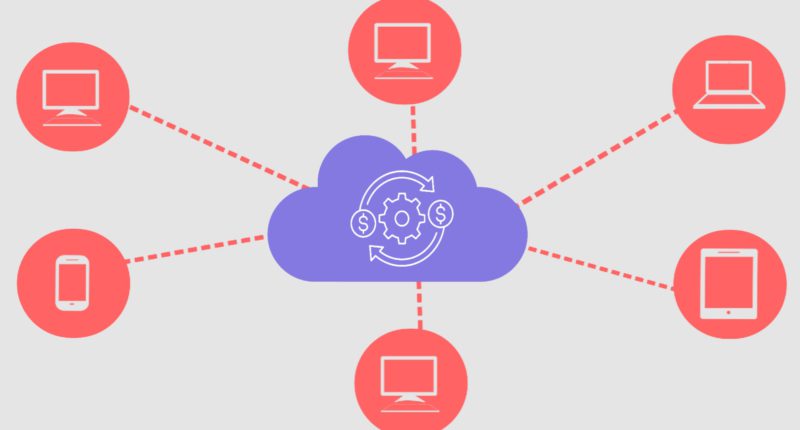In 2009, when the then-President of the United States of America, Barack Obama announced the Federal Cloud Computing Initiative, he projected that cloud computing could lower operating costs, reduce waste production, and encourage “data centre efficiency and utilization rates.”
True to the projection, cloud computing has become one of the building blocks of modern business models as it has transformed how people store, access, gather, share, and manage computing resources. Cloud computing in modern businesses assures flexibility, scalability, increased collaboration, and many more advantages.
Why does this matter
In the past, using downloaded applications or programs, IT personnel were required to be physically present or on-site to access servers. And as such, managing one’s data centre was a huge challenge. Even bigger organizations that had designated data centres struggled.
- With the invention of cloud computing, businesses moved to pay cloud service providers to create, manage and organize their IT infrastructure. This way businesses pay for the computing resources and disk space they use.
- The onus is presently on cloud service providers to organize, manage, and maintain data. As well as offer easy access to the IT infrastructure from any part of the world and on any given device with internet connectivity.
But seeing that cloud computing has thrived on the idea of being cost-effective, what is the main cost of running these cloud services?
Cloud servers are relatively more expensive than the equivalent provisions of a dedicated or VPS server. The reason for this is that the resources of cloud servers are widely classified as high-availability and high-performance, seeing that each specific component of a cloud server is redundant across CPU, storage, and networking.
Another consideration that reveals the cost of running cloud services is when in use by applications that require a high level of CPU processing, RAM, and disk space including game server nodes, large database hosting, data analytics, etc. Comparing the large applications with the average cost of cloud servers, pricing is set at about $400 monthly for one server and about $15,000 monthly for the entire back-office infrastructure; these costs could be relatively high.

